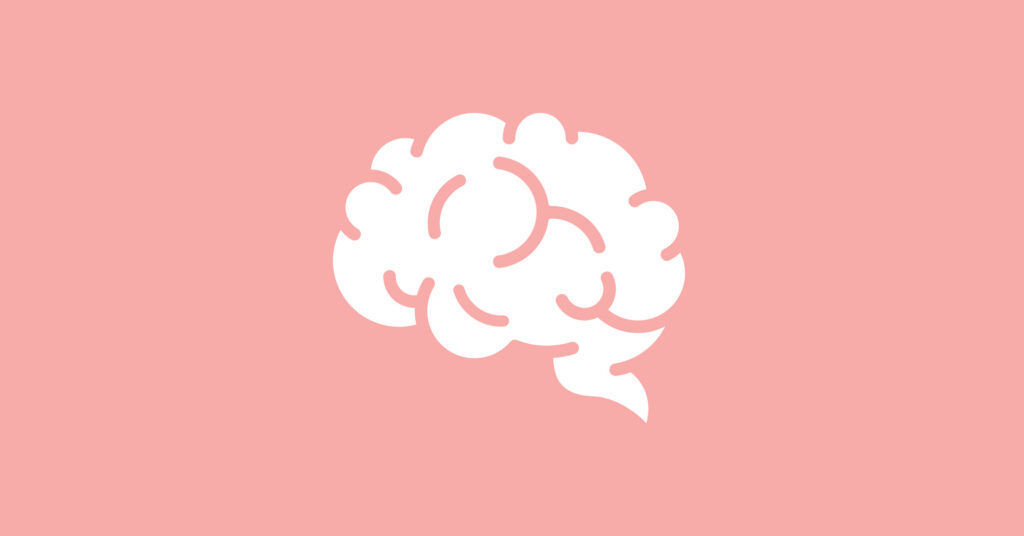Brainspotting is a trauma therapy using eye position:
Accesses deep emotional processing
Taps into the brain-body connection
Often used for PTSD, anxiety, or performance blocks
Brainspotting therapy is an emerging somatic technique created to aid the processing of traumatic memories, but it can treat other mental health conditions as well. Developed in 2003 by psychotherapist Dr. David Grand, brainspotting connects your visual field with the specific part of your brain holding negative emotions.
While novel, this type of therapy is rapidly growing, and many people are seeing positive results. Whether you’re new to therapy or find your weekly sessions aren’t yielding the desired results, brainspotting is worth considering as it’s a noninvasive and gentle treatment option.
What Is Brainspotting Therapy?
Brainspotting proponents theorize that, similarly to eye movement desensitization and reprocessing (EMDR) therapy, eye movements can access the brain’s ability to process and release unresolved experiences. Brainspotting is a form of therapy using bottom-up processing. Talk therapy engages the neocortex, or the reasoning part of your brain. However, bottom-up processing focuses on the deeper brain structures involved in emotional regulation and memory storage. Unlike traditional talk therapy, brainspotting doesn’t require a detailed retelling of your most painful memories. During a session, a therapist guides you to identify eye positions linked to emotional activation, known as brainspots. Focusing on these spots should help you access and release deep-seated emotions.Common Brainspotting Techniques
Therapists offering brainspotting use several approaches to engage the brain-body connection and encourage the processing of distressing experiences. Common techniques you can expect during your brain spot therapy session include:- Gaze spotting. The therapist guides you across your field of vision to find areas of increased emotions or unresolved trauma. This technique helps pinpoint your brainspots for further exploration.
- Resource enhancement. This involves identifying and focusing on internal and external factors to support you while processing difficult emotions or memories. Resources may include happy memories, supportive relationships or positive coping methods.
- Bilateral sound. By using headphones or speakers, bilateral sound stimulates both brain hemispheres simultaneously. This technique can enhance the processing of traumatic memories and promote healing.
Who Can Benefit From Brain Spot Therapy?
Brainspotting therapy offers a versatile approach to addressing a wide range of mental health conditions, particularly those rooted in trauma and emotional distress. The method is primarily recognized for addressing trauma-based conditions, such as post-traumatic stress disorder. The modality shows promise in treating mental health issues, including stress, depression and anxiety. If you’re struggling with any of these issues, brainspotting techniques can help you identify and release tension held in the body. The intervention can help you access and process the underlying emotions causing your disorder. Some mental health professionals recommend the use of brainspotting therapy as a tool alongside evidence-based talking therapies, such as cognitive behavioral therapy. For example, brainspotting can be used to process a traumatic event first brought up during a CBT session. Likewise, emotions and memories identified during a brainspotting session could be discussed in more detail.Does Brainspotting Therapy Work?
Brainspotting therapy is a relatively new treatment option, so little research is available to back up its effectiveness, but current anecdotal evidence looks promising. One small study found significant improvements in symptoms of PTSD, anxiety and depression after only six sessions. The same research team surveyed 112 therapists who’ve implemented brainspotting in their practices, and about 82% of them reported the modality as more effective than the wider-known EMDR. Another study found brainspotting effective at lowering distress from unpleasant memories after just one session. The study found the method’s effectiveness almost on par with EMDR and more helpful than a simple mindful body scan.Finding a Qualified Therapist
As with any other type of mental health treatment, you should find a qualified therapist to suit your needs. Look for therapists who are licensed mental health professionals with additional training and certification in brainspotting. To become certified, a brainspotting therapist must have completed phases 1 and 2 of the training and 50 hours minimum of trainee practice. You can check if your therapist is certified on online directories, such as the Brainspotting.com website. Always ask potential therapists about their licensure status and qualifications. While a growing number of licensed therapists are implementing brainspotting in their practices, being a psychotherapist isn’t a prerequisite to becoming certified in this particular intervention.Editorial Team
-
 Written By: Mental Health Hotline
Written By: Mental Health HotlineMental Health Hotline provides free, confidential support for individuals navigating mental health challenges and treatment options. Our content is created by a team of advocates and writers dedicated to offering clear, compassionate, and stigma-free information to help you take the next step toward healing.


